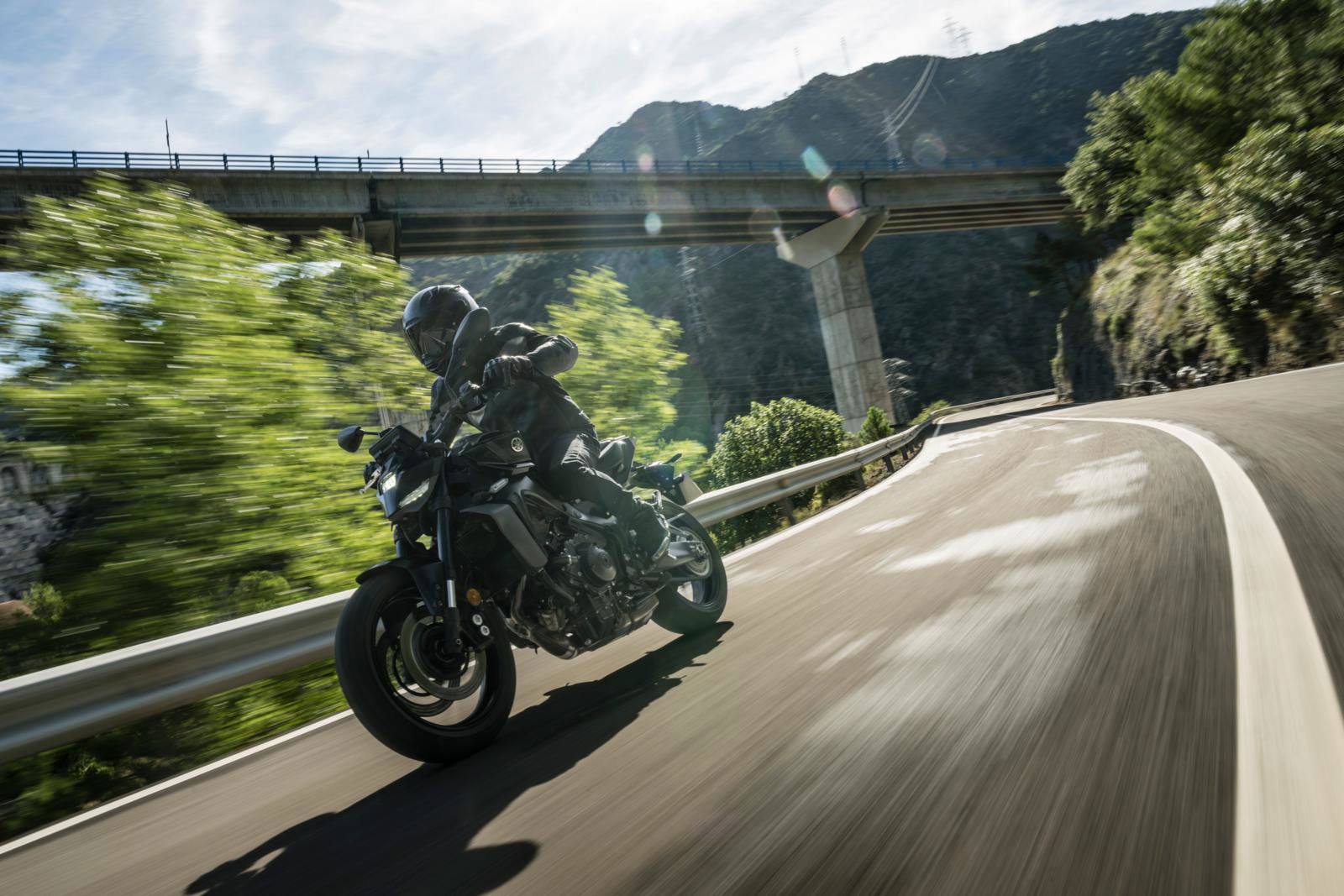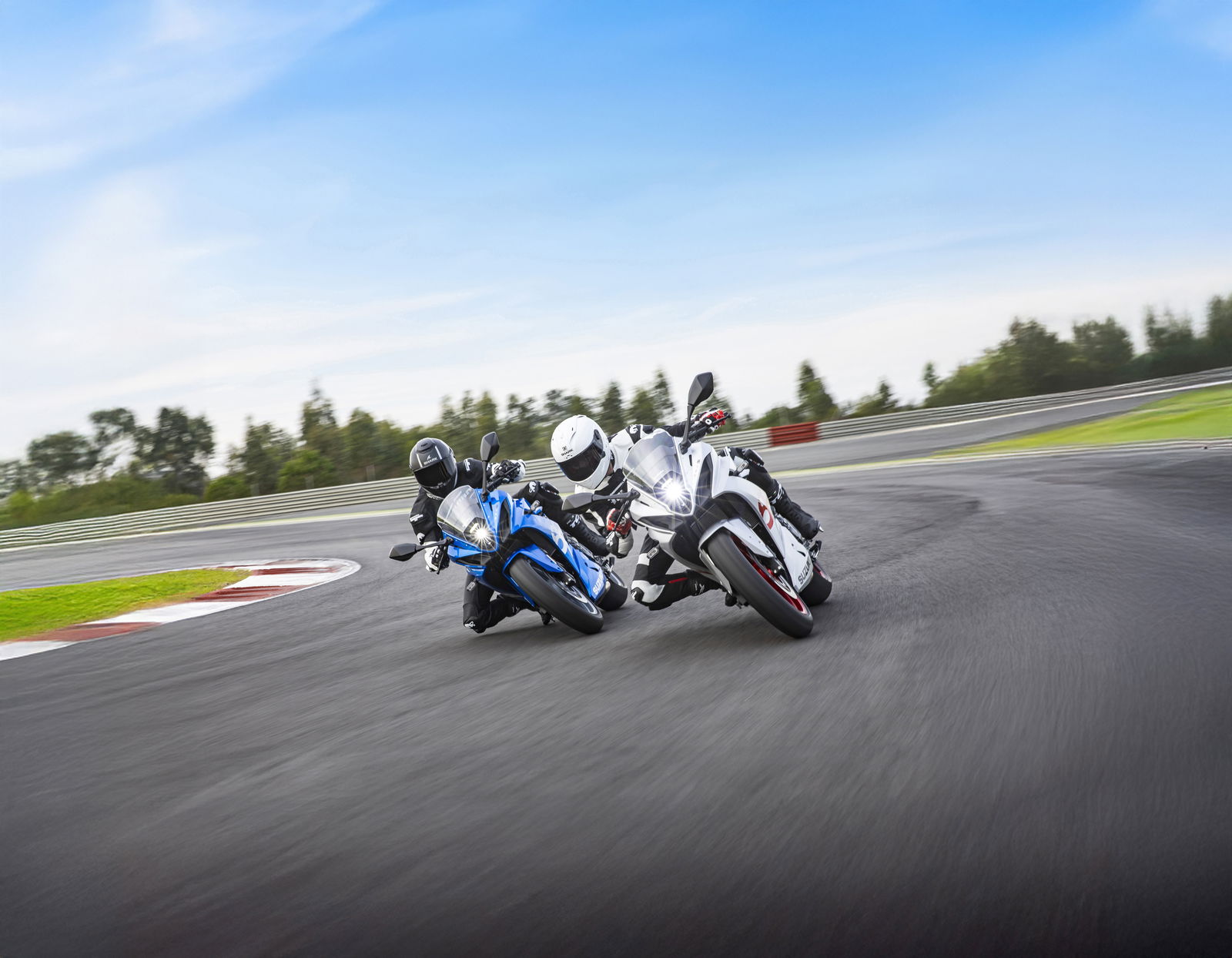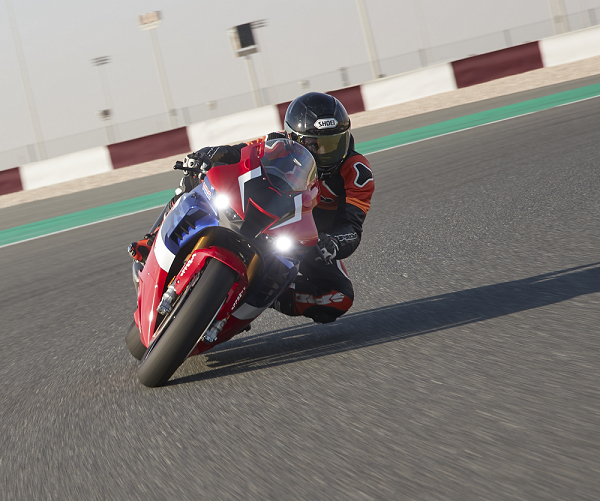What is Honda E-Clutch, why is it here, and who is it for?
The past 12 months have seen big changes as alternative transmissions have become the norm, and Honda is leading the charge.

Unless you’ve been living under a rock, you’ll know that most mainstream motorcycle manufacturers have started to look at automated transmissions of one form or another.
At the head of that pack is Honda, which introduced the E-Clutch system at the end of 2023. And if you’re sitting there thinking that Honda had an automated transmission long before 2023, you’re correct. Honda’s fantastically efficient and silky smooth Dual Clutch Transmission (DCT) first appeared on a VFR1200F in 2009, but that is a very different type of system to the more recently announced E-Clutch.
What is E-Clutch and how does it work
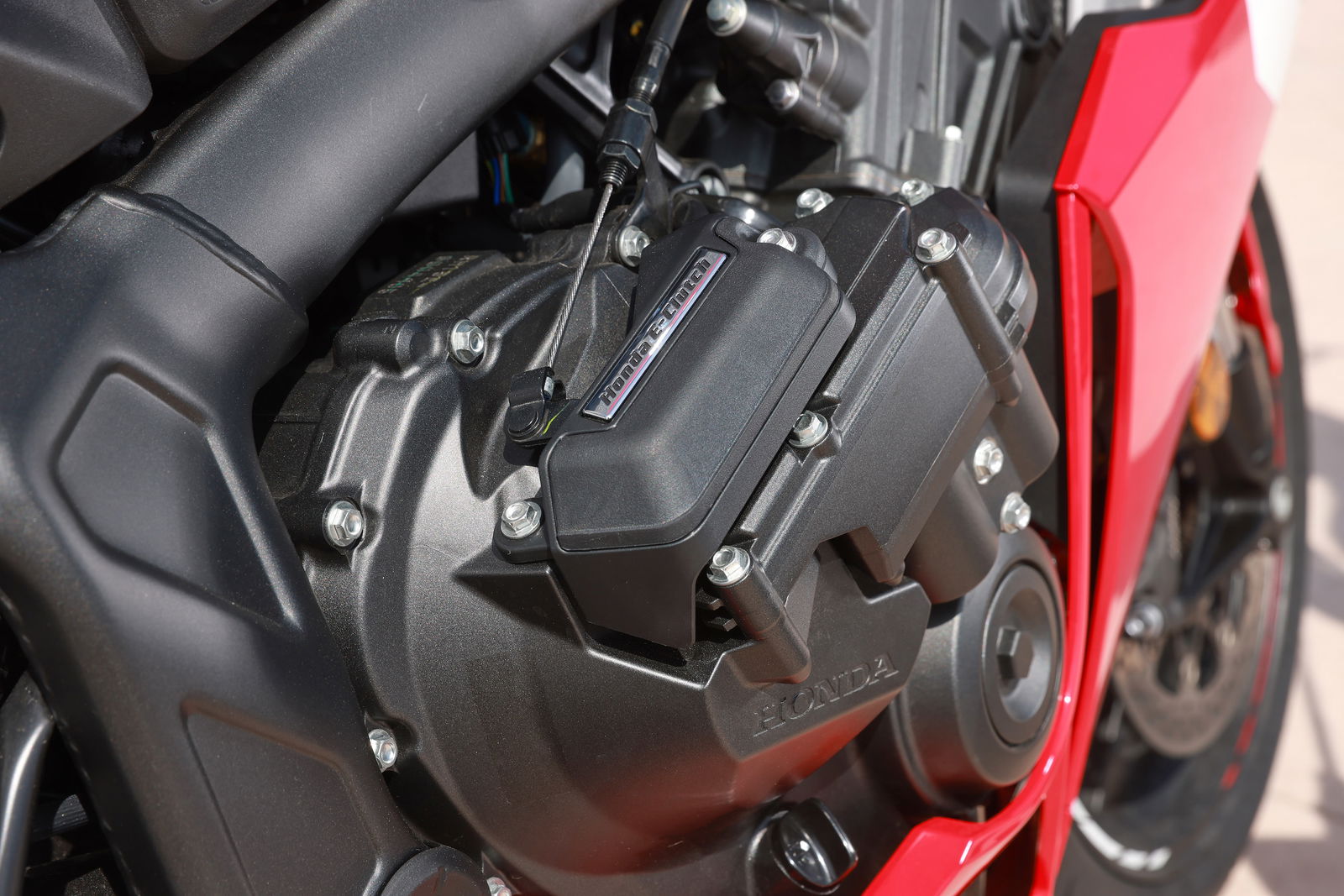
While many people refer to E-Clutch as an automatic gearbox, that isn’t strictly true. The gearbox of the bike is exactly the same as a manual transmission. Things change when we look at the clutch and how it is actuated.
The system effectively gives the bike an electronically actuated clutch, a bit like a robotic hand hovering over a clutch lever. When the bike's gear lever is touched, the system fires into life, pulling in the clutch and then releasing it once the next gear is engaged. While that is massively simplifying the system, it is effectively what is happening.
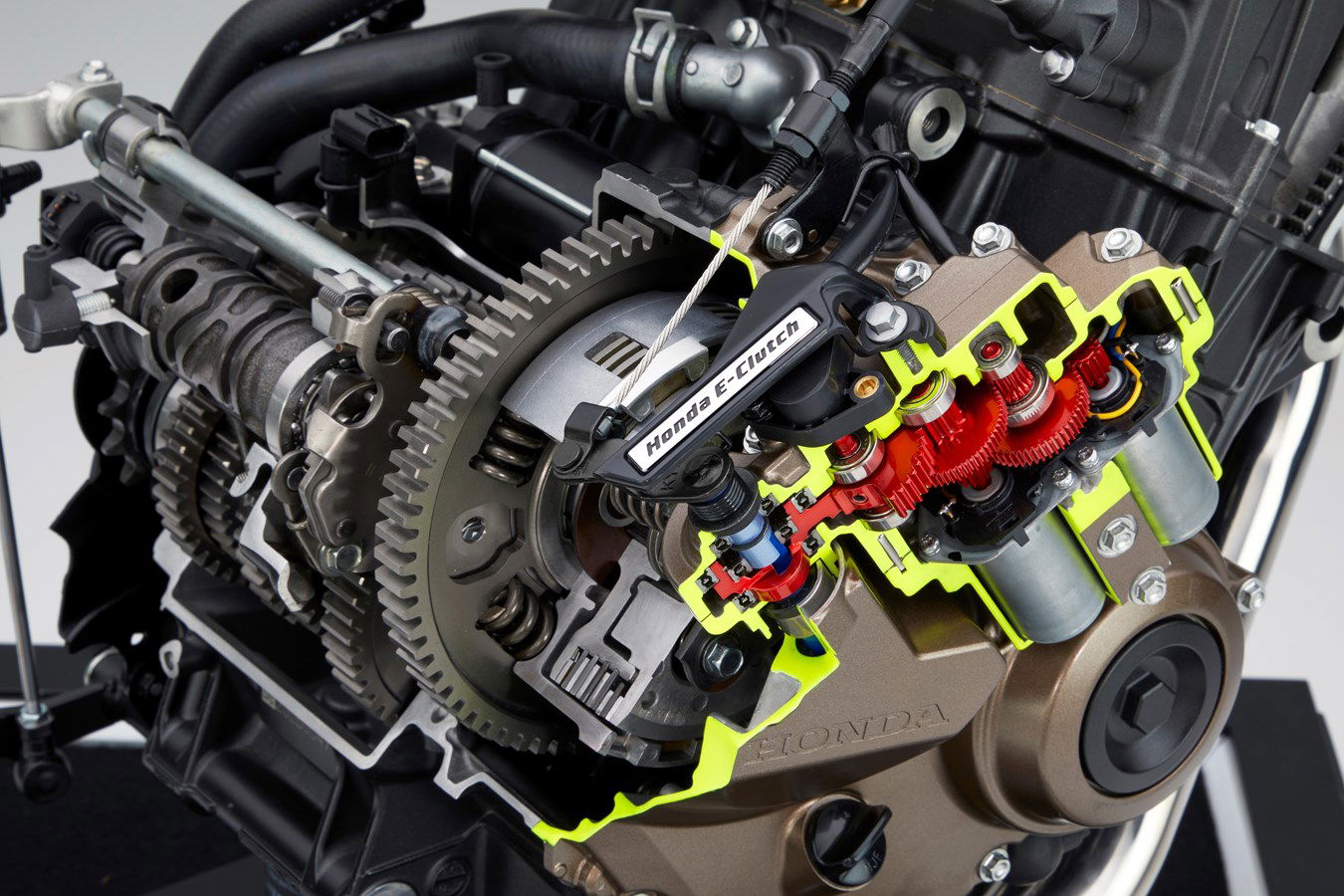
Crucially, and this is what really sets E-Clutch apart from some other systems, the bike still retains its clutch lever and gear lever. Meaning that, should you want to have full control of the shifting - when riding on track or off-road, for instance - you can. This can be done by either disabling the system entirely or by overriding the automated shifts with manual ones.
Timing is everything
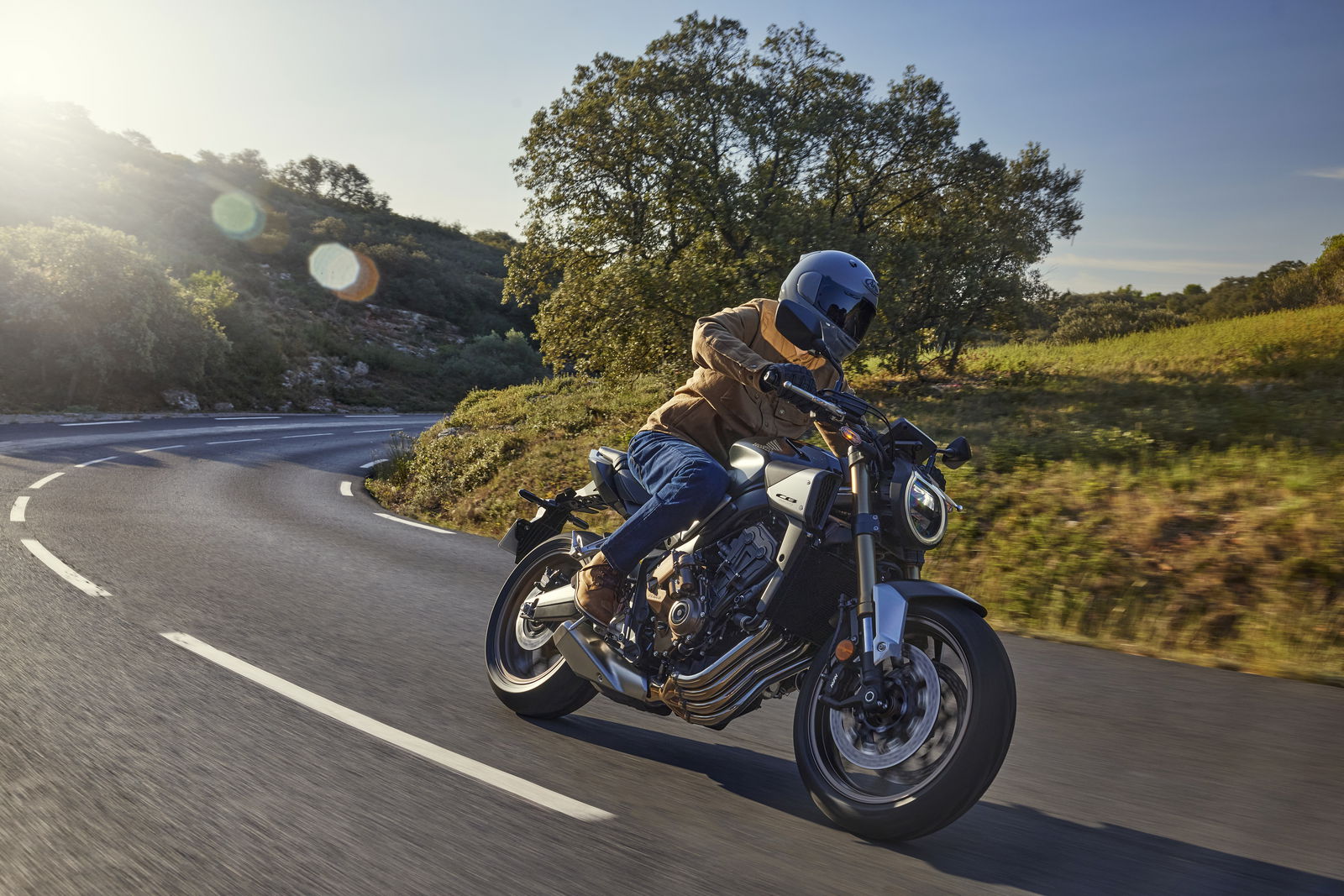
The timing of E-Clutch’s arrival feels deliberate. Motorcycling today sits at a crossroads. Fewer young riders are entering the fold, licensing remains a tangled and costly process, and the road to two wheels can feel more like a gauntlet than a gateway. Combine that with the constant hum of modern life (endless screen time, work stress, and social distractions), and it's easy to see why a new generation might not have the time or patience to master the dark art of clutch control. Taking that barrier away could and should have the knock-on effect of opening the door to two wheels for more people.
Who is E‑Clutch designed for
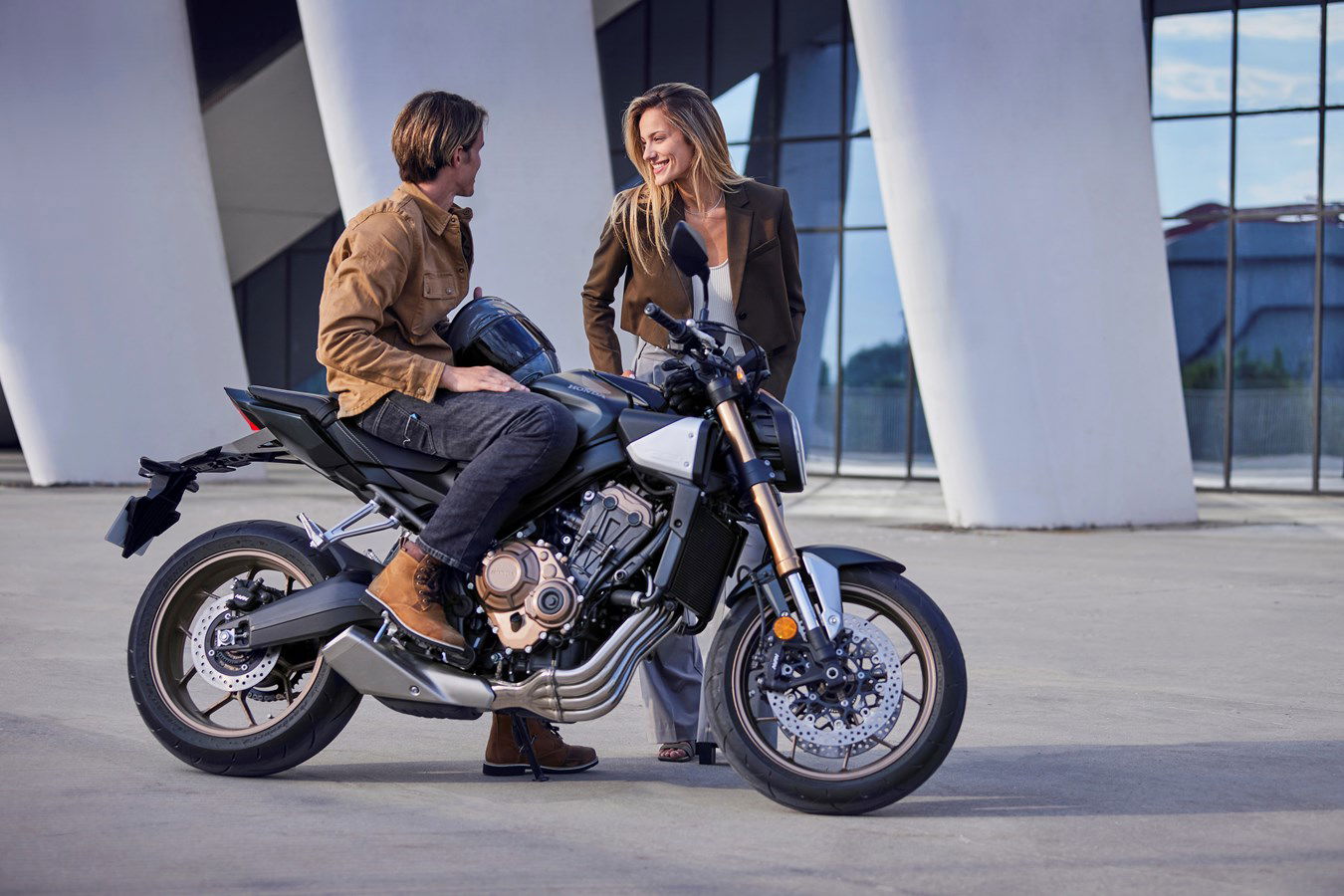
Honda has developed the system to help get more people riding bikes. For many riders, the route to a full licence starts with riding a 125cc bike on a CBT and provisional licence. And while many will start on a geared bike, a great number will be honing their roadcraft on a twist-and-go machine. With Honda’s E-Clutch handling all of the bike’s clutch actuation for the rider, the E-Clutch experience will be much more familiar to those riders stepping up from a step-through.
What are the real-world benefits of the system

The system also brings with it a host of benefits that could aid new rider uptake. The first, and most obvious bonus, is the inability to stall an E-Clutch-equipped bike. With the system grabbing the clutch for you when the bike comes to a stop, shuddering to a halt at the lights is a thing of the past. The flip side of this is that it’s also impossible to fluff your green light getaways. Shifts are also much smoother than with a traditional quickshifter, with a significant reduction in ‘shift shock’ when moving up and down the gearbox.
One area where E-Clutch will shine over and above a traditional manual transmission is in the city. Urban environments like central London are always busy, meaning stop/start traffic, which equates to lots of gear changes and therefore lots of clutch pulls. With the bike doing the clutch pulling for the rider, there is less physical work to do and less thinking to be done. That final point is an important yet often overlooked one. With less thinking about menial tasks, your brain is free to focus on the more important jobs of riding in the city.
With E‑Clutch effectively taking over clutch engagement without altering the bike's geometry or setup, it could also be beneficial to anyone with reduced wrist or hand strength - or those overcoming a previous injury.
While E-Clutch is for anyone, it may not be for everyone
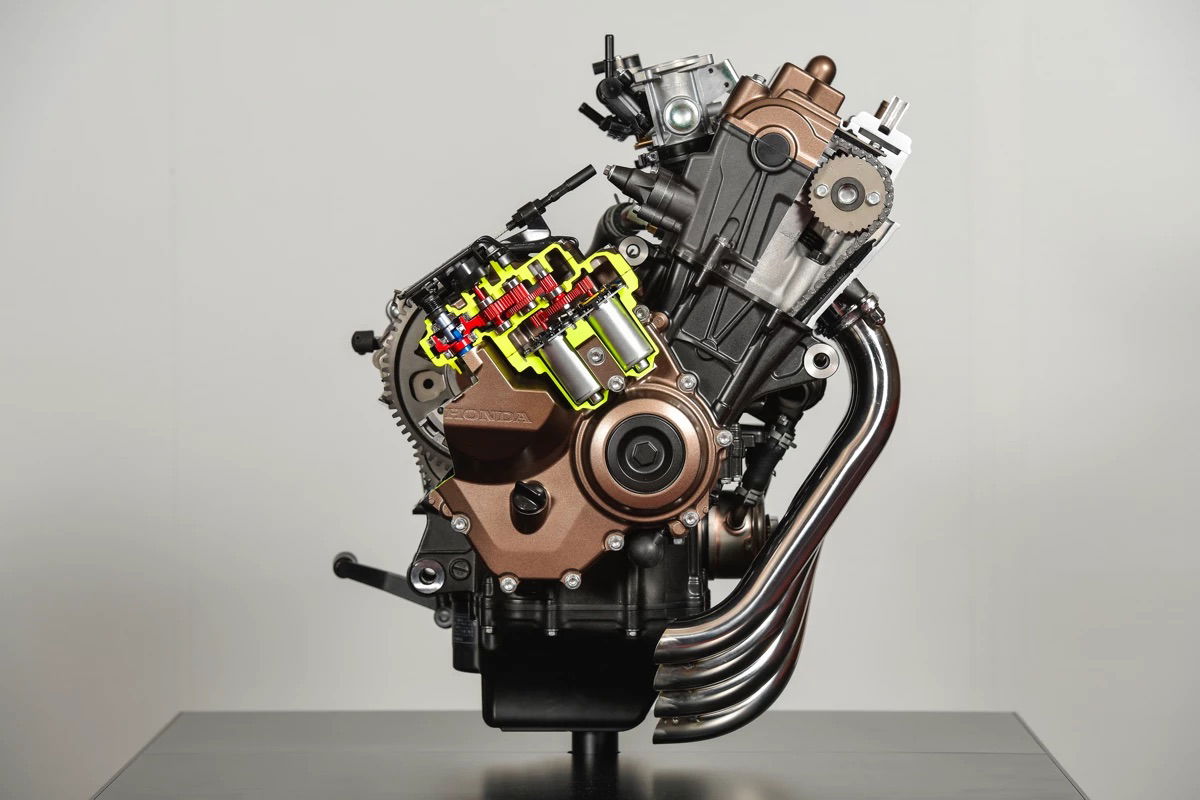
Trackday riders and those of a pure performance disposition may not feel at home using E-Clutch. And that’s fine. It’s not been developed for apex-hunting and slicing tenths of a second from your lap time on track. It’s about lightening the mental load on a daily basis, whether you’re clocking up miles, weaving through city traffic, finding your rhythm again after time off the bike, or honing your craft as a new rider. Still, since it adds minimal weight and costs only marginally more than its manual sibling, it’s a compelling option even for those who might not use it regularly.
Simple, light, and cost effective

While some alternative transmissions can be expensive, heavy and complex, E-Clutch bucks the trend on all three points. Adding the system to a bike increases the weight by marginal amounts of between 1 and 2 kilograms. Not nearly enough to notice even on a back-to-back manual/E-Clutch comparison test - and I’m speaking from experience! Not only that, thanks to the relative simplicity of the system, compared to a true auto gearbox, E-Clutch is also extremely cost-effective, meaning that making the switch is even easier.
This isn’t here to replace a traditional clutch and gearbox
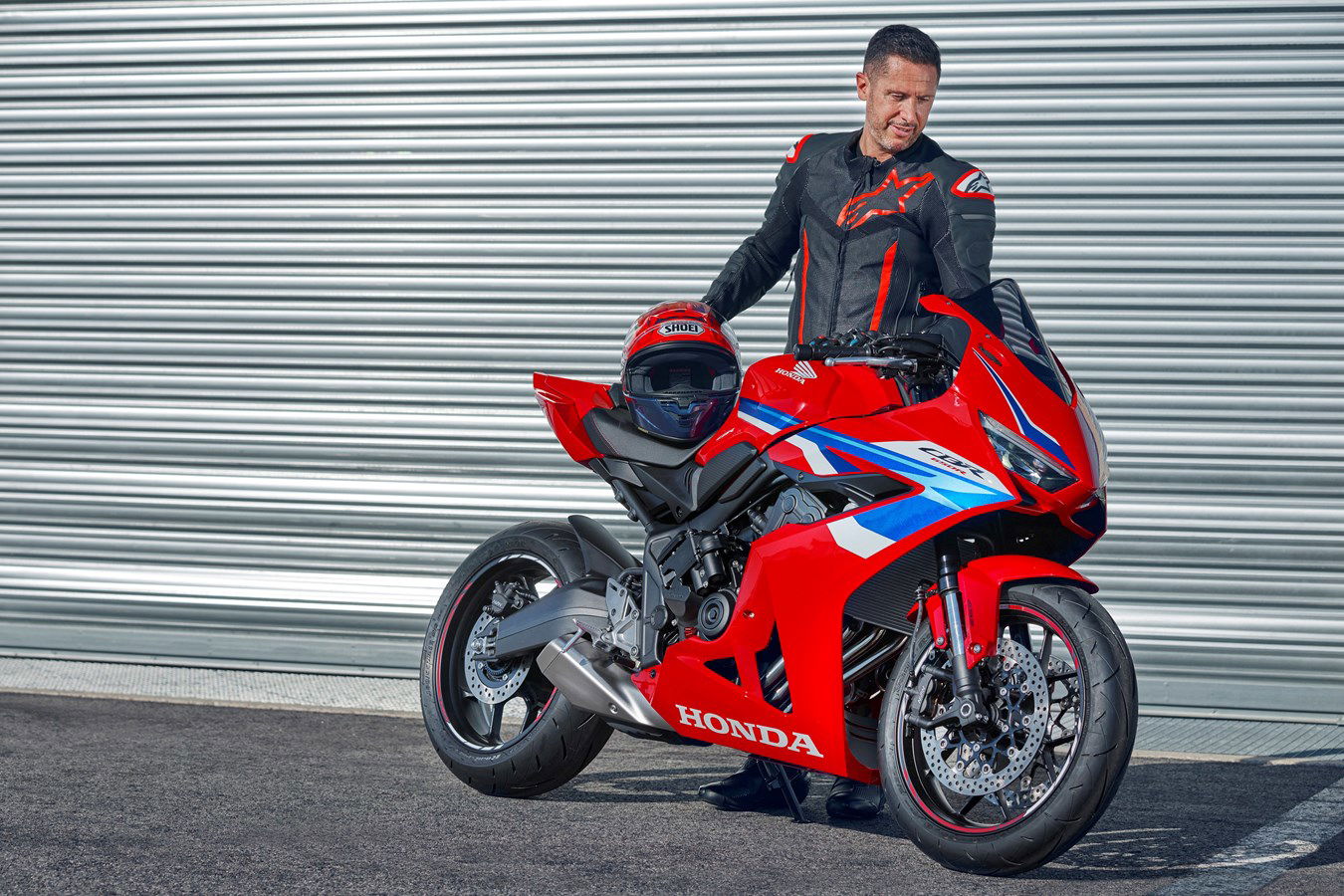
There was a fair amount of noise made about E-Clutch when it arrived, from worried folk wrongly thinking that this would be pushing the traditional gearbox into retirement in years to come. That is most definitely not the case. E-Clutch, just like DCT, isn’t here to kick the manual gearbox into the weeds; it’s a technology to run alongside it, offering another option for those who want it. While it’s true that at some point in the future Honda may develop a bike totally around the technology and only sell it as an E-Clutch option, the existing range is safe and protected.
What is it like riding an E-Clutch bike
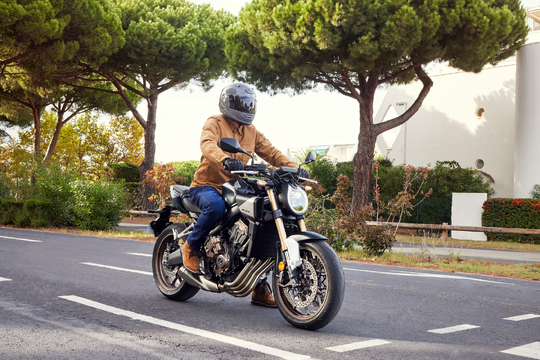
We’ve got reviews on Visordown for the CBR650R E-Clutch and CB650R E-Clutch models, and tested them back-to-back with their manual siblings. If you want a full and thorough rundown of the system, check out the links above, or there is a summary of what it’s like below.
With E-Clutch enabled, you can knock the bike into first at a standstill without touching the clutch, confident you won’t stall or lurch forward. It feels unnatural at first, but trust builds quickly.
Pulling away, E-Clutch delivers a brisk getaway even with light throttle, which is eerily almost identical to how I would release the clutch. Gear shifts are silky both up and down the box, and while they aren’t quite as smooth as DCT, (fuel is still cut like with a quickshifter), they are still very slick - the reduced shift shock will be one of the first things you notice. Crucially, you still feel involved in the process, as you are still kicking up and down on the lever, which keeps the riding experience natural and engaging.
One big bonus of the system is that while some quickshifters can feel clunky on low-speed, low-throttle shifts, especially from first to second, E-Clutch remains impressively smooth across the board at pretty much any engine speed.
Which bikes have E-Clutch as an option
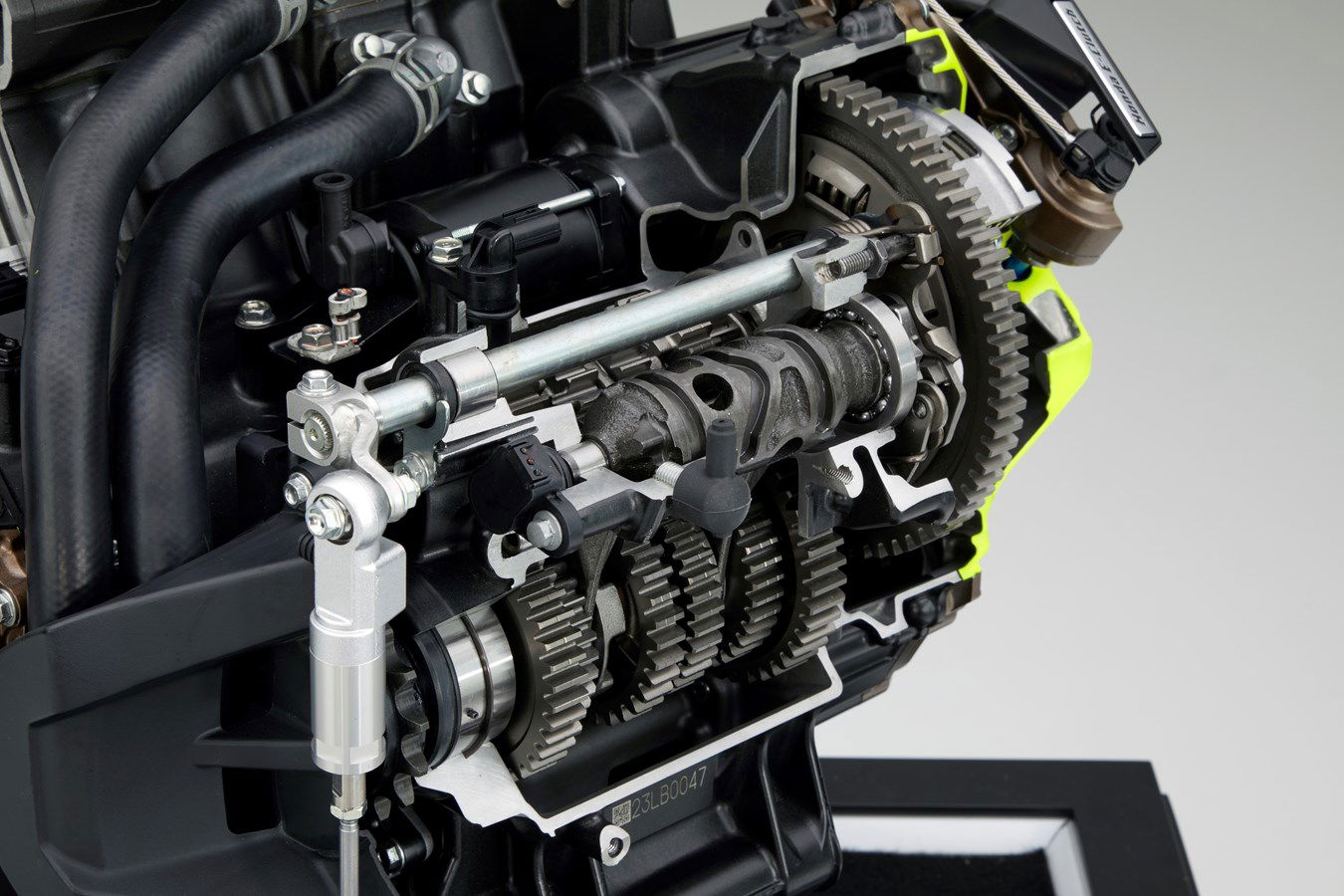
With E-Clutch sitting bolted onto an existing engine - again, I’m vastly oversimplifying here - it’s easy to imagine any of the bikes in Honda’s range gaining the technology. And while an E-Clutch-equipped Fireblade seems farfetched, it isn’t totally out of the question. For now, though, the E-Clutch range focuses on the core middleweight models.
Both the CB650R and CBR650 can be bought with E-Clutch, with the modern retro naked coming in at £7,999 while its sporty sibling can be had for £8,799. The CBR also has a 9.9 per cent APR offer on a PCP, meaning that owning the E-Clutch-equipped bike could cost you as little as £117. Likewise, the CB650R could be landing in your garage for just £91.32 per month on a 7.9 per cent APR PCP. Terms and conditions apply for both of those offers, so you’re better off checking the Honda website for a more accurate quote or speaking to your nearest authorised Honda dealer.
Leave your preconceptions at the door and try it!
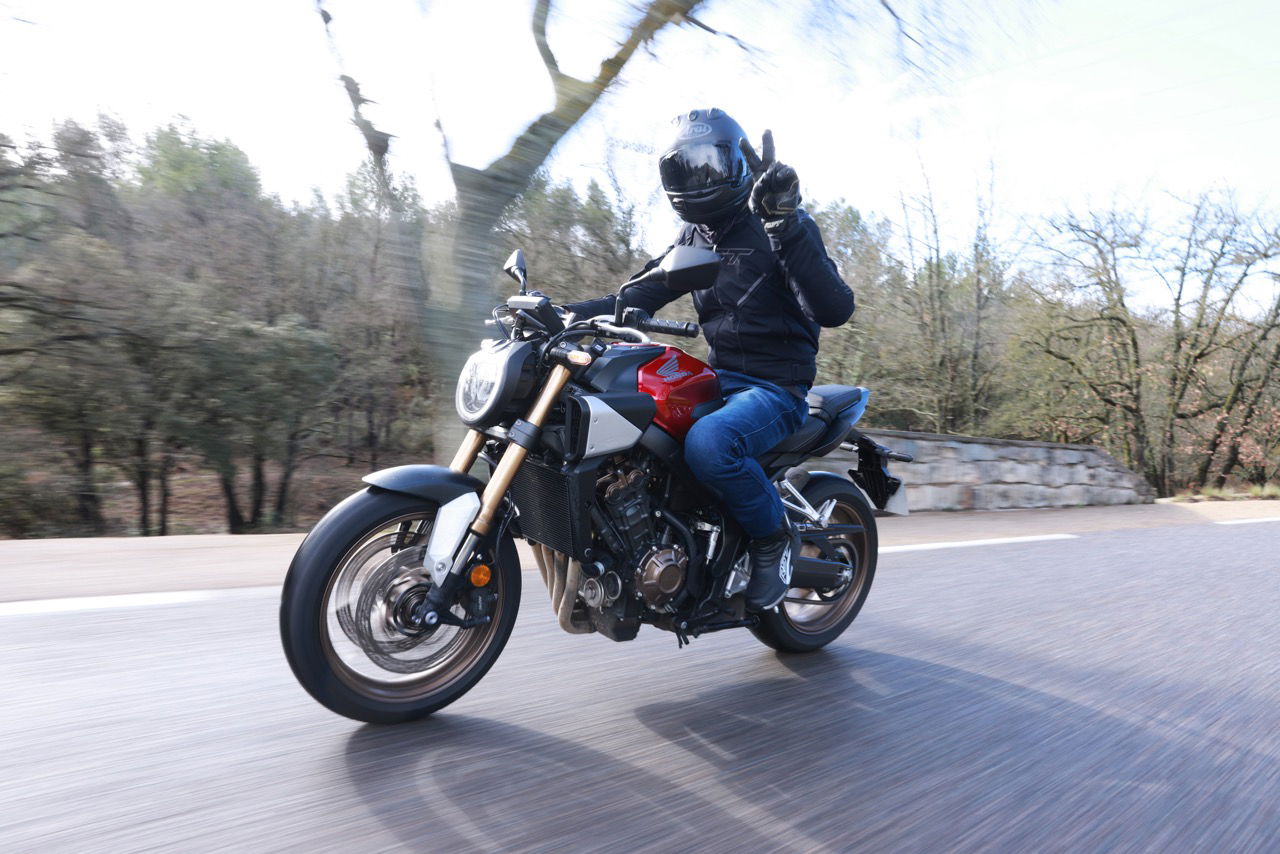
Honda’s E‑Clutch doesn’t promise to revolutionise riding, but it smartly reimagines manual shifting for the modern era. For those who want the mechanical purity of foot shifting, but with less hassle, or for riders easing into clutch use, it hits a sweet spot. It’s a must‑try feature, not a must‑have, but with so little penalty and so much potential, every rider, whether seasoned or new, should at least give it a go.
You can find out more about the Honda CB650R and Honda CBR650R E-Clutch models at these links.
